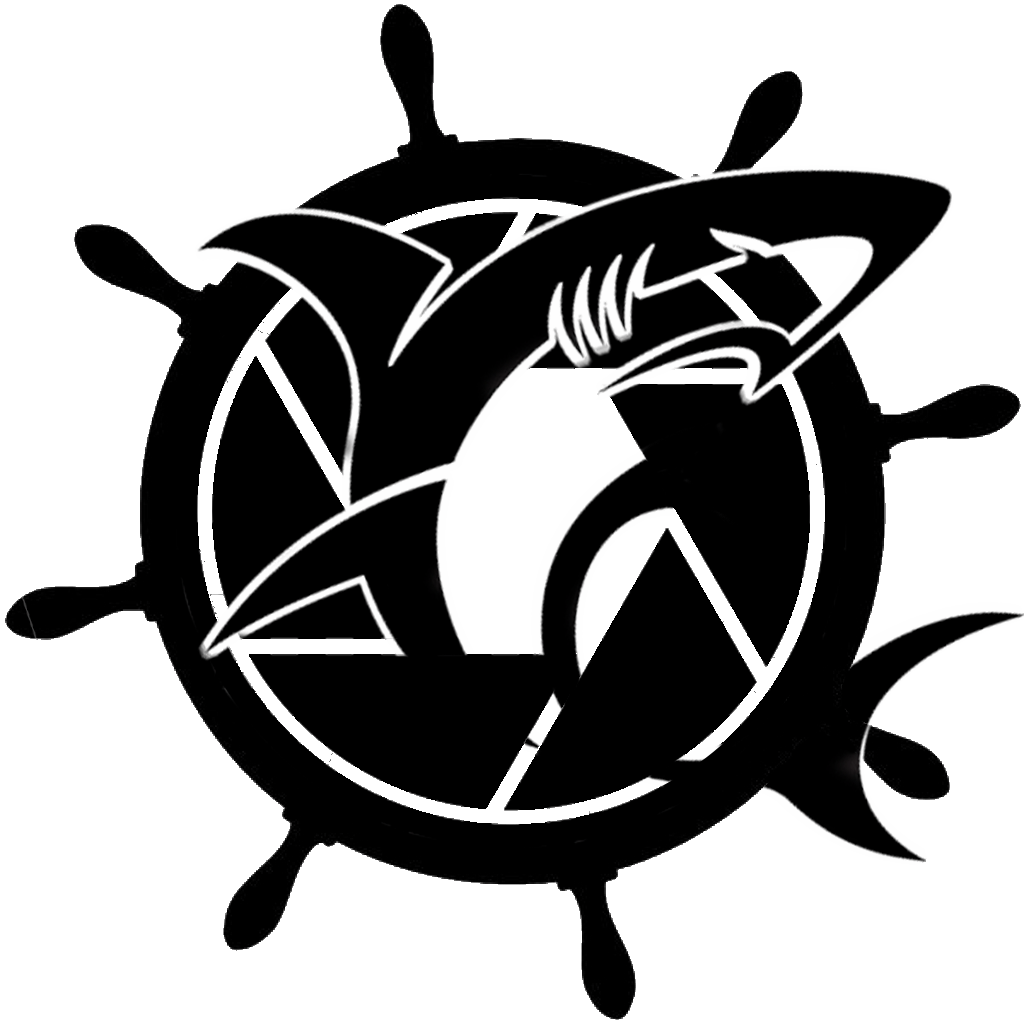Navigation Masterclass Ch 6
Navigation Instruments and Tools: Nautical Armory
Setting sail on the open seas can be an exhilarating and awe-inspiring experience. Whether embarking on a long-distance voyage or simply enjoying a day trip along the coast, having suitable navigation instruments and tools is essential for a safe and successful journey. In this blog, we will explore the nautical armoury of crucial tools for navigating in sailing, equipping you with the knowledge needed to navigate with confidence and precision.
1. Nautical Charts: The Blueprint of the Sea
Nautical charts are the backbone of any successful sailing expedition. These detailed maps provide vital information about a specific waterway or region's geography, coastline, depth, and hazards. It is crucial to have up-to-date charts onboard to ensure accurate navigation. Traditional paper charts are still widely used, but digital versions, such as electronic chart systems (ECS) and global positioning systems (GPS), offer added convenience and accuracy.
2. Compass: Your Reliable Guide
A compass is a sailor's best friend, providing a simple and reliable method of determining direction. The compass uses the Earth's magnetic field to indicate north, an essential tool for navigating, allowing sailors to assess their heading and plot courses accurately. From traditional magnetic compasses to advanced gyroscopic compasses, a wide range of options are available to suit different sailing needs and preferences.
3. GPS: Global Positioning, Global Precision
While traditional navigation instruments are excellent, GPS technology has revolutionized sailing. Global Positioning System (GPS) devices use satellites to pinpoint your exact location on Earth. They provide real-time data on latitude, longitude, speed, and even weather conditions, making them indispensable tools for every sailor. Accuracy, convenience, and ease of use make GPS a must-have instrument for navigating the waters.
4. Chart Plotter: Interactive Navigation
Chart plotters are electronic devices that integrate GPS technology with nautical charts, offering real-time navigation data in a user-friendly interface. These advanced tools allow you to plot your course, mark waypoints, and monitor your progress on the electronic chart display. With features like AIS (Automatic Identification System), radar overlay, and depth sounder integration, chart plotters enhance situational awareness and make navigation more efficient and precise.
5. Binoculars: Far-Sighted Vision
Binoculars are indispensable for sailors, providing enhanced vision on land and at sea. Regarding navigation, binoculars help identify landmarks, spot navigational aids, and assess the movement of other boats. Look for binoculars with a built-in compass for simultaneous sighting and direction determination. Waterproof and fog-proof models are ideal for on-water use, ensuring clear and sharp vision in challenging conditions.
6. Handheld VHF Radio: Clear Communication
Communication is vital while sailing, whether with nearby vessels or shoreside authorities. A handheld VHF (Very High Frequency) radio is an essential tool for maritime communication. It lets you stay in touch with other boats and hail harbormasters and receive weather updates. Ensure your VHF radio is waterproof and floats in case of accidental drops overboard, providing reliable communication during emergencies.
7. Sextant: Timeless Navigation
Though it may seem traditional or antique, a sextant is a handy backup for sailors, especially in electronic equipment failure. As an optical instrument, a sextant measures the angles between celestial bodies, such as the sun or stars, and the horizon. These measurements help determine latitude and longitude. Using the sun's height at noon, a skilled navigator can establish their ship's latitude. While less commonly used than before, a sextant is a compelling tool for celestial navigation enthusiasts.
8. Navigation Dividers and Parallel Rulers: The Art of Plotting
Navigation dividers and parallel rulers are essential tools for manual plotting and measuring on nautical charts. Dividers are used to transfer distances between points on the chart, while parallel rulers help maintain a straight line for plotting courses. These simple yet effective tools allow you to plan routes, measure distances, and accurately mark positions on paper charts, offering a backup and alternative to digital navigation tools.
9. Log Book: Document Your Journey
While not strictly a navigational instrument, a log book is essential for every sailor. Keeping a journey record helps you analyze your navigation decisions, track your progress, and recall memorable moments. A logbook should contain information such as date, time, position, weather conditions, sail configuration, and any noteworthy events or observations. It is a personal memoir and a valuable resource for learning and improving your sailing skills.
10. Safety Equipment: The Ultimate Navigator's Companion
The nautical armoury is only complete with essential safety equipment. Ensure you have life jackets, distress flares, a well-stocked first aid kit, a reliable marine GPS rescue beacon, and other safety essentials onboard. Safety must always be a top priority, as unpredictable events can occur at sea. With the proper safety equipment, you can navigate with peace of mind, knowing you're prepared for any situation.
In conclusion, sailing is a magnificent and exhilarating adventure requiring careful navigation. Equipping yourself with the right tools is crucial for a safe and enjoyable experience on the water. Each instrument plays a pivotal role in navigating the seas, from nautical charts to GPS devices, compasses to binoculars. So, before setting sail, ensure your nautical armoury is well-stocked, allowing you to navigate confidently and embrace the wonders of the open sea.
